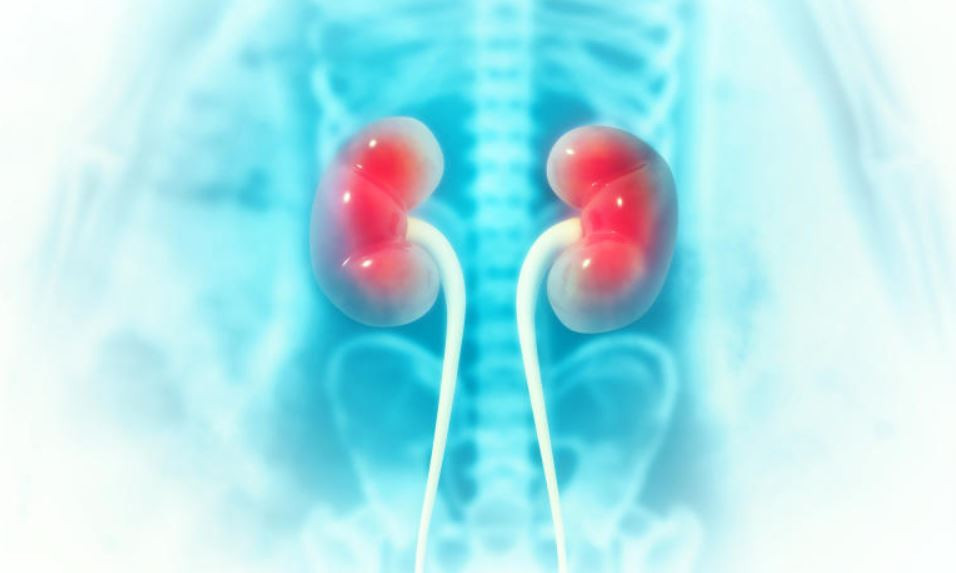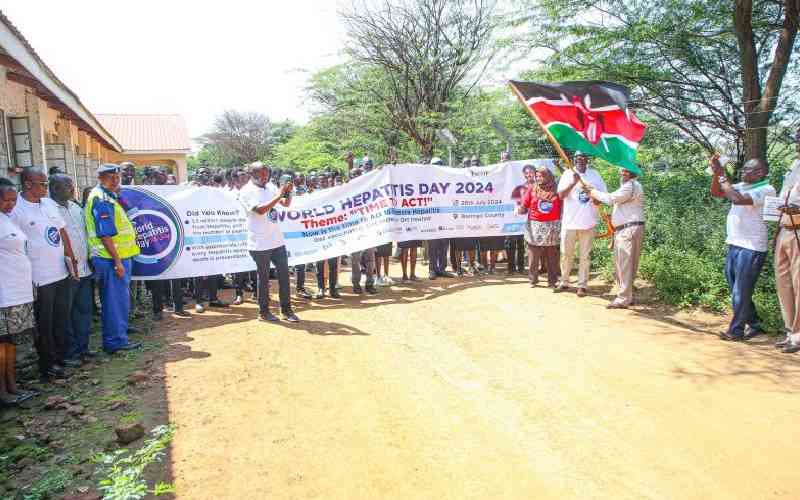
Have you ever asked yourself how you can strengthen your knees and reduce stiffness, aches and pain as you age?
Atrophy affects nearly every part of the body, but time tends to be especially unkind to the knees. Why does this happen? Because knees are complex anatomical machines with many moving parts, each prone to wear and tear over time.
As we age, the muscles that stabilise the knee weaken, and bone density decreases. The cartilage that cushions the joints wears down and thins while the ligaments connecting bone and muscle become less elastic. The result for many of us? Stiffness, pain, reduced mobility and an increase in those involuntary grunts as we rise from the sofa.
But like any well serviced machine, knees that are cared for can remain flexible and strong. It all starts with understanding what increases your risk of knee injuries and osteoarthritis
The natural enemies of healthy knees include excess body weight, unsupportive footwear and repetitive movements that put strain on your joints. Some knee problems also stem from injuries or sudden movements that overextend or twist the knee.
Common knee issues include sprained or strained ligaments and muscles.
For instance, in 2021, French researchers found that parkour athletes experienced an average of 1.7 knee or ankle injuries per 1,000 hours of training.
That may not sound too alarming, but it’s the long-term wear and tear that takes a toll. And it’s not just people leaping off buildings who are at risk.
Research on elite dancers has also shown that knee injuries, particularly meniscal tears, are among the most common in their profession.
Any movement that involves impact through the legs or twisting to change direction puts significant strain on the knees. A dreaded ACL injury, for instance, can sideline a footballer for up to a year.
Worse still, research suggests that 10 to 20 years after such an injury, about half of those affected will develop osteoarthritis linked to the original damage.
There’s also ongoing debate about whether running is good or bad for the knees. Some liken road running to pounding the soles of your feet with a hammer for an hour.What is certain is that as we age, the muscles that support and stabilize the knee weaken, and bone density gradually declines.
A study in 2017 was done to determine the risks that come along for knee osteoarthritis in runners and non-runners and the study found no significant difference between the two.
In fact, exercise is believed to strengthen your joints even load-bearing movements. A 2023 study found that people who engaged in strength training are 20 per cent less likely to suffer osteoarthritis than those who’ve never done it.
Strengthening surrounding muscles, like the quadriceps, also seems to be beneficial. Assuming you’ve bought some well-cushioned shoes and are exercising regularly, the other best-care practice with dodgy knees is to acknowledge any mild discomfort.
The Arthritis Foundation states that exercise may be the most effective way to treat Osteoarthritis without medication. Strong, flexible muscles can also keep knees healthy and prevent injury.
Knee-strengthening exercises do not directly affect the knee joint. However, they can strengthen the muscles surrounding it. Strong muscles in the legs can help provide support for the knees. This may alleviate pressure and strain on the joints, which can relieve pain and help people be more active.
According to Healthline, there are certain exercises if incorporated can help strengthen the muscles surrounding the knee. If a person experiences pain during these exercises, they should stop doing them and speak to a healthcare professional or physical therapist.
It is a good idea to warm up with light exercise before starting any knee-strengthening exercises. Examples of gentle exercise include walking, cycling and using an elliptical machine, all of which put minimal stress on the knees.
Exercise is a noninvasive and healthy way to treat minor knee pain caused by overuse, arthritis, or other causes. Knee-strengthening exercises are an effective way to help prevent injury and keep the legs strong. Stretching can also help keep the muscles flexible, which can prevent or alleviate pain.
The exercise includes standing hamstring stretch, toe touches, quadriceps stretch, leg lifts exercise, leg extension, standing hamstring curls, single leg dip, step exercise among other exercises that are friendly to the knee well-being.
 The Standard Group Plc is a multi-media organization with investments in media
platforms spanning newspaper print
operations, television, radio broadcasting, digital and online services. The
Standard Group is recognized as a
leading multi-media house in Kenya with a key influence in matters of national
and international interest.
The Standard Group Plc is a multi-media organization with investments in media
platforms spanning newspaper print
operations, television, radio broadcasting, digital and online services. The
Standard Group is recognized as a
leading multi-media house in Kenya with a key influence in matters of national
and international interest.











